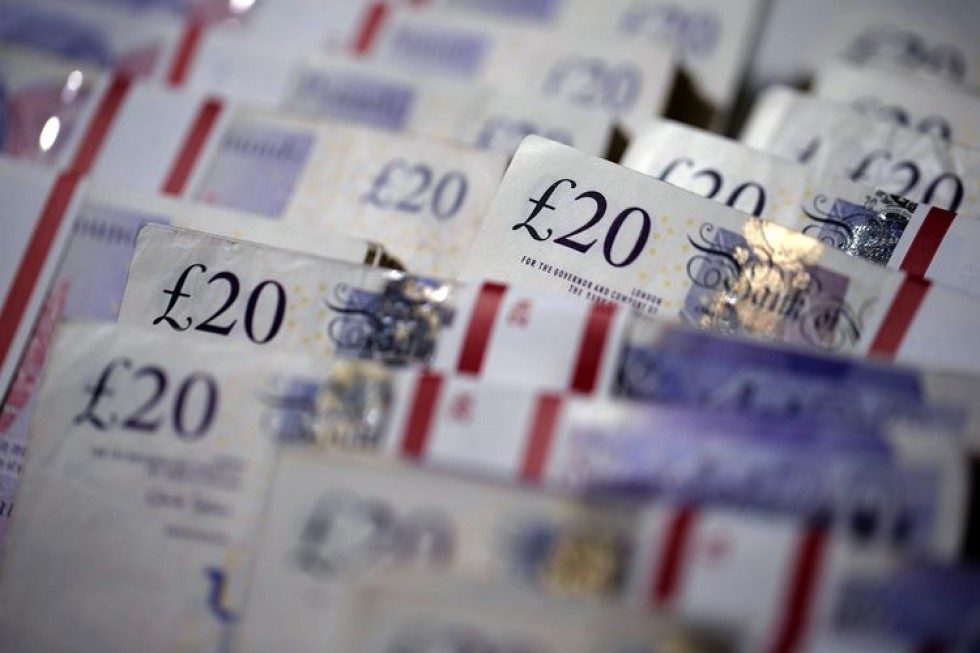SHANGHAI/GUANGZHOU — Visitors to a Nissan Motor dealership in Guangzhou are urged to buy quickly, but not for the usual reasons. “Inventories of some models are constrained due to a lack of semiconductors and increased raw material costs,” it says. The first double-digit dip in monthly Chinese new-car sales since March 2020, when the coronavirus pandemic was raging in the world’s largest auto market, can be attributed to a global semiconductor shortage. “Sales in May and June were lower than we had anticipated,” a Nissan sales representative stated. The Sylphy and other mainline versions are still available, but only in black or white. According to the China Association of Automobile Manufacturers, new-car sales in China decreased 12% year over year to little over 2 million vehicles in June. After a 3% reduction in May, this was the second consecutive month of year-over-year declines. Until now, the worldwide semiconductor shortage has had only a little influence on China’s auto industry. After COVID-19 infections subsided in the spring of 2020, many automobile plants reopened, allowing them to get semiconductor components ahead of companies overseas.
Customers at a Nissan Motor dealership in Guangzhou are informed about shortages via a red flag. (Image courtesy of Takashi Kawakami)
With China’s auto sales improving, “we’re prioritizing supplies to Chinese manufacturing,” according to a source at a major Japanese automaker, mirroring moves made by several multinational companies.
However, the worldwide chip scarcity has lasted longer than expected, and it is beginning to affect Chinese automakers.
“We want to increase output of popular sport utility vehicles, but due to a scarcity of semiconductors, we’re compelled to limit production,” a state-owned Chongqing Changan Automobile executive stated. Due to delays in European parts delivery, output fell 10% year over year in May and 15% year over year in June. Great Wall Motor, a privately held company, has taken a hit as a result of the chip shortage in certain of its models. Sales have been strong, particularly for the Ora brand of electric vehicles. Despite this, “popular models take three months to deliver,” according to an Ora employee. Since May, the state-owned BAIC Group has been unable to supply a popular SUV, the BJ40, on schedule. According to CAAM, China’s passenger car inventories fell by nearly 30% year on year to over 480,000 vehicles in June. The figure has dropped for two months in a row, according to the group, and dipping below 500,000 is unprecedented. New-energy cars, which primarily consist of electric vehicles, have defied the trend. Their sales in the first half of the year more than tripled from the previous year, totaling approximately 1.21 million. BYD, a major Chinese electric-vehicle manufacturer, sold about 150,000 new-energy vehicles in the January-June period, 2.5 times the previous year’s total, despite a 6% drop in gasoline vehicle sales to around 90,000. General Motors recorded a 30 percent increase in sales in the first half, thanks to the low-cost Hong Guang Mini EV. According to CAAM, new-energy vehicle sales will increase by almost 80% in 2021, reaching a high of around 2.4 million. However, with only about 10% of total auto sales, they won’t be able to make much of a dent in the overall drop. Electric automobiles are estimated to have 50% more semiconductors than gasoline-powered vehicles. Automakers appear to be favoring electric vehicle production above gasoline vehicle manufacture, allocating chip resources in the process. The auto association anticipates the chip crunch’s impact to diminish slightly in the third quarter and improve further in the fourth. It still expects auto sales to increase by about 7% to over 27 million units in 2021. But, according to a senior official at a different business group, “stating that things will ease in the July-September quarter is the most ideal case.” The Chinese automobile sector, including related services, accounts for about 10% of the country’s GDP. Knowing that a sales fall would be bad for the economy as a whole, the government has taken steps to boost demand. However, any ease in chip procurement will be contingent on improved supplies and automakers assisting themselves./n





